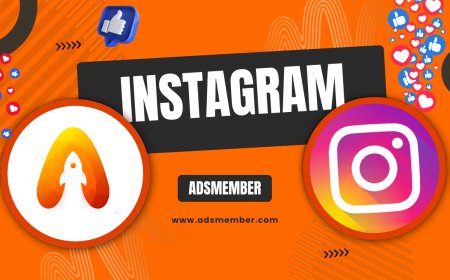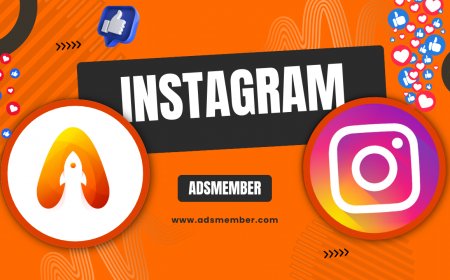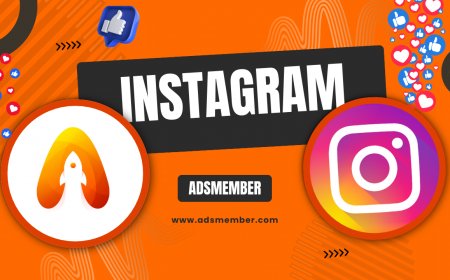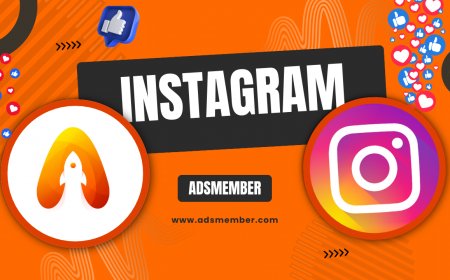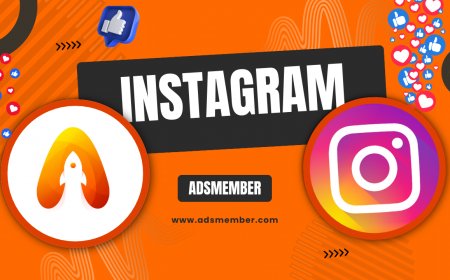What Is a Patreon? A Creator’s Guide to Success
Curious about what a Patreon is? Learn how this platform helps creators earn steady income through fan support, memberships, and exclusive content.
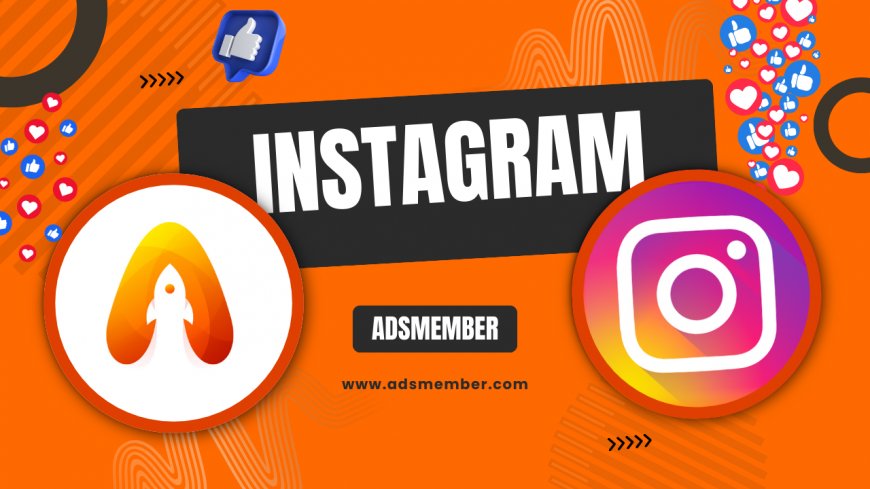
Hey there! If you’ve ever wondered, 'What is a Patreon?' you’re in the right place. Patreon is a game-changer for creators—think artists, writers, musicians, and podcasters—who want to earn a steady income directly from their fans. Unlike one-off crowdfunding platforms, Patreon lets supporters pledge monthly contributions in exchange for exclusive content or perks. Honestly, it’s like having a subscription fan club! In my opinion, it’s one of the best ways for creators to build a sustainable career. Let’s dive into how it works, its benefits, and why it might be your next big move.
Patreon Basics: How It Works
At its core, Patreon is a membership platform. Creators set up a page where fans (called 'patrons') can subscribe to support them with recurring payments. These payments can be per month or per creation, depending on your setup. In return, patrons get access to exclusive rewards like behind-the-scenes content, early releases, or personalized shoutouts. It’s a win-win! I’ve seen creators transform their passion into a full-time gig using this model. Ready to learn the nuts and bolts?
Setting Up a Patreon Account
Getting started is straightforward. First, sign up on Patreon’s website and create a creator profile. Highlight what you do—whether it’s art, music, or writing—and explain why fans should support you. Next, set up membership tiers with different price points (e.g., $5, $10, $25) and assign rewards to each. Be creative with perks; fans love feeling special! Finally, promote your page on social media. Pro tip: Link it in your bio with a call-to-action like 'Support me on Patreon!' Check out more Social Media Tips for promo ideas.
Payment Structure and Fees
Patreon operates on a subscription model, but they take a cut. Their fees range from 5% to 12% depending on your plan (Lite, Pro, or Premium), plus payment processing fees of about 2.9% + $0.30 per transaction. For a $5 pledge, you might net around $4.30 after fees. It’s not huge, but it adds up with multiple patrons. I’ve found that transparency about fees with fans builds trust—let them know where their money goes!
Why Use Patreon? Key Benefits for Creators
Honestly, Patreon isn’t just about money—it’s about community. It offers a direct line to your most loyal fans while providing financial stability. Unlike ad revenue or sporadic donations, Patreon’s recurring model lets you predict income. According to Patreon’s 2022 Creator Report, top creators earn over $100,000 annually through the platform (Patreon Official Site). In my opinion, that’s inspiring! Let’s break down why it’s worth considering.
Stable Income Stream
One-off projects on Kickstarter are great, but they’re unpredictable. Patreon’s monthly pledges give you a safety net. Imagine knowing you’ve got $1,000 coming in every month—suddenly, budgeting for equipment or studio time feels doable. I’ve spoken to creators who say this stability lets them focus on art instead of hustling for gigs.
Direct Fan Connection
Patreon fosters intimacy. You’re not just a faceless creator; you’re building relationships. Fans can message you, join exclusive livestreams, or vote on your next project. It’s personal. A case study from a podcaster I know showed a 30% increase in engagement after offering patrons a monthly Q&A. That’s the kind of loyalty money can’t buy!
Patreon vs. Other Platforms: A Comparison
Not sure if Patreon is right for you? Let’s compare it to other creator platforms like Ko-fi and OnlyFans. Each has unique strengths, but Patreon shines for recurring support. Below is a table based on data from platform websites and Statista reports (Statista).
| Platform | Focus | Fee Structure | Best For |
|---|---|---|---|
| Patreon | Recurring memberships | 5%-12% + processing fees | Artists, writers, podcasters |
| Ko-fi | One-time tips | 0% on donations (optional paid plan) | Casual creators |
| OnlyFans | Subscription + pay-per-content | 20% fee | Adult content, fitness |
This table shows Patreon’s edge for long-term fan support. Ko-fi is great for quick tips, but lacks membership depth. OnlyFans, while lucrative, caters to a niche audience. What’s your vibe? I’d pick Patreon for sustainable growth.
Visualizing Patreon Growth: A Simple Chart
Seeing numbers in action helps, right? Below is an SVG chart I’ve crafted to show Patreon’s creator growth over recent years, based on public data from their reports. It’s a rough estimate, but it highlights their upward trajectory.
This chart reflects how Patreon’s creator base has soared, especially post-2020. It’s proof that more people are jumping on board. Could you be next?
Unique Tips to Maximize Your Patreon
Alright, let’s get into some lesser-known hacks to stand out on Patreon. I’ve dug into creator forums and tested a few myself, and these strategies aren’t your typical 'post consistently' advice. They’re practical and can boost your success rate.
Create Limited-Time Tiers
Offer a special tier for, say, the first 50 patrons with an exclusive perk like a one-on-one chat. Scarcity drives action. A friend of mine did this and filled the slots in a week! It creates buzz and rewards early supporters. Just make sure to deliver on promises—nothing kills trust faster than undelivered perks.
Use Polls for Engagement
Patreon’s built-in poll feature is gold. Ask patrons what content they want next or what rewards excite them. It’s a simple way to make them feel heard. I’ve seen creators double their retention rates by acting on poll feedback. Plus, it takes the guesswork out of content planning!
What Is a Patreon’s Biggest Drawback?
Patreon isn’t perfect. The fees can sting, especially for smaller creators. If you’re earning $100 a month, losing $10-15 to fees feels rough. Also, building a patron base takes time and marketing savvy—don’t expect overnight success. In my opinion, it’s worth the grind, but you’ve got to be patient and strategic.
How Much Can You Earn on Patreon?
Earnings vary wildly. Patreon’s data shows that while many creators make $50-200 monthly, top earners pull in six figures annually. It depends on your niche, audience size, and tier pricing. Start small, test different rewards, and scale as you grow. I’ve seen consistency pay off—don’t give up early!
Is Patreon Only for Artists?
Not at all! While artists and musicians dominate, Patreon works for educators, writers, gamers, nonprofits, and even fitness coaches. If you’ve got valuable content or a passionate community, you can make it work. I’ve even seen tech reviewers use it for exclusive tutorials. The key is offering unique value.
Can You Use Patreon for Free?
As a creator, no—Patreon charges fees on earnings. However, fans can browse and join for free; they only pay if they pledge. For creators, the Lite plan (5% fee) is the cheapest entry point. Honestly, the investment is worth it if you’re serious about monetizing your craft.
How Do You Promote a Patreon Page?
Promotion is key! Share your page on social media, newsletters, and in your content (like podcast outros). Create teaser content showing what patrons get. Collaborate with other creators for shoutouts. I suggest pinning a post on Instagram Tips with a direct link—visual platforms drive clicks like crazy!
What's Your Reaction?
 Like
0
Like
0
 Dislike
0
Dislike
0
 Love
0
Love
0
 Funny
0
Funny
0
 Angry
0
Angry
0
 Sad
0
Sad
0
 Wow
0
Wow
0




































